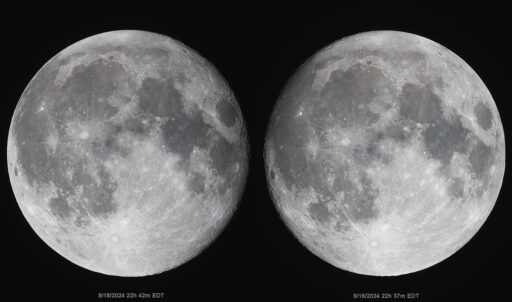
Bookends! The Waxing & Waning Gibbous Moon Before/After the Harvest Moon.
It was cloudy the evening of the Harvest Moon & barely there partial lunar eclipse, but it was clear the night before and after. I ended up with images taken almost exactly 24 hours before and 24 hours after the full Harvest Moon.
Waxing/Waning Gibbous Moon – 9/16/2024 22h 37m & 9/18/2024 22h 42m EDT
Telescope: GSO CC45 (4.5” Classical Cassegrain) @ f/12, Orion Atlas EQ-G
Camera: Canon EOS Ra, Baader Mk III MPCC, GSO IR Filter
Exposure: 75% of 128×1/1000 sec, ISO 1600, saved as RAW
Seeing: Fair, 3/5
Software: Backyard EOS, Nebulosity, Autostakkert, Registax, Photoshop
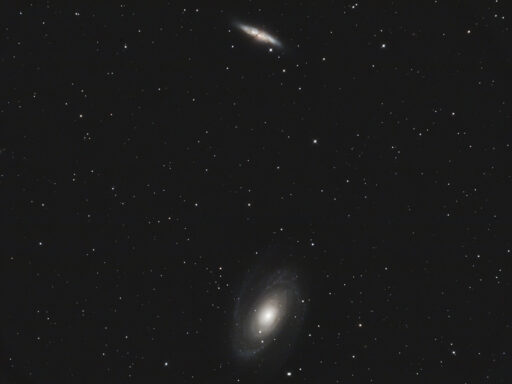
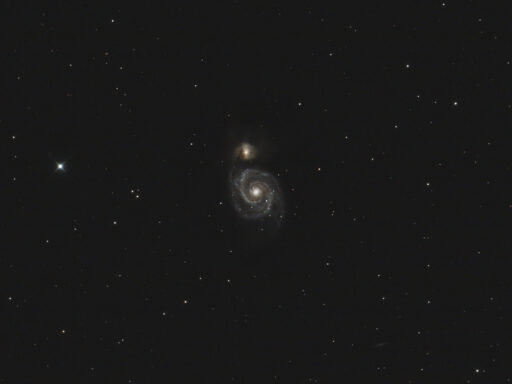
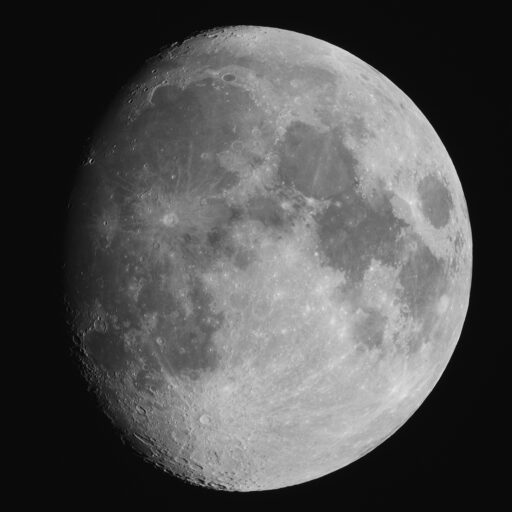

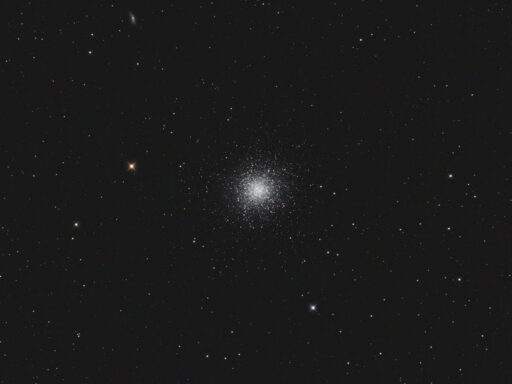


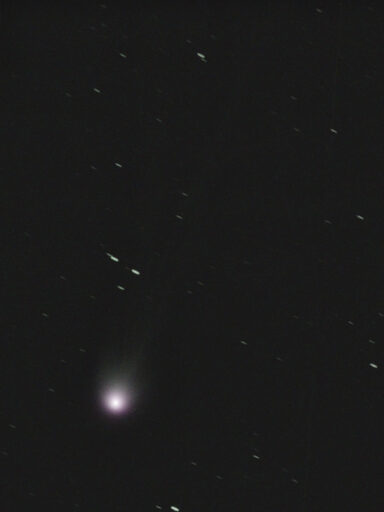
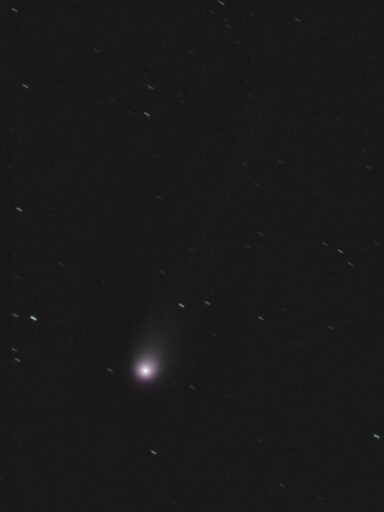
Recent Comments